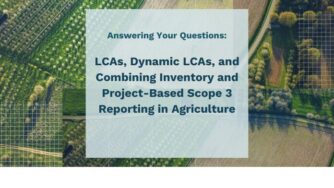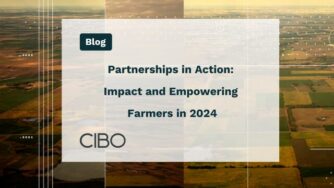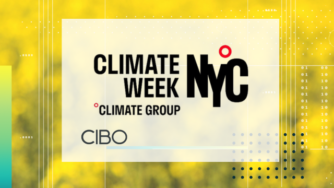The Kyoto Protocol was in effect and would be renewed in 2013 (though without some of the initial parties) and standards bodies and registries continued to develop new standards and protocols while also refining older ones based on new information and lessons learned.
In 2014 the IPCC published its Fifth Assessment Report (or “AR5”). The AR5 described many findings from recent climate change research and drew a number of conclusions that would prove pivotal in the coming years:
- The atmosphere and oceans were warming and it was extremely likely (>95% probability) that human influence was the dominant cause.
- Atmospheric greenhouse gas concentrations were higher than in the last 800,000 years.
- The Greenland and Antarctic ice sheets were losing mass. The arctic ice sheet was shrinking and northern hemisphere snowfall was decreasing.
- Global average surface temperature was likely (>66% probability) to exceed 1.5°C above pre-industrial levels by 2100, and in many scenarios would exceed 2.0°C.
- Even if all CO2 emissions ended immediately, global average surface temperatures would continue to rise for years.
At about the same time, a new treaty was being negotiated under the auspices of the UNFCCC. This treaty, which was intended as a successor to the Kyoto Protocol, became known as the Paris Agreement and was signed in 2016. The main outcome of the Paris Agreement was a commitment to keep the increase of average global temperature “well below 2°C” relative to pre-industrial levels. A strong push had been made to make this “below 1.5°C”, but that was unsuccessful.
Then in 2018, the IPCC published another report, Special Report on Global Warming of 1.5°C. Among other things, the report warned of dire consequences if the average global temperature increases more than 1.5°C above pre-industrial levels: rising sea levels, dramatic weather changes, collapsing ocean ecosystems, etc.
Meanwhile, efforts to encourage corporate action gained momentum. In 2015 an organization called Science Based Targets (SBT) was formed by several international organizations. SBT provides a platform on which organizations can publicly declare their intentions to reduce their emissions. If SBT determines that the declarations are science-based — that is, that they are aligned with scientifically-supported recommendations for limiting climate change — then the company is certified as having a science-based target. SBT quickly adopted terms from IPCC recommendations and the Paris Agreement to identify specific targets.
For example, as of August 2021, a company’s emissions reduction target must be consistent with limiting the global temperature rise to “well below 2.0°C” to be considered science-based. These criteria (there were 24 as of April 2021) are modified over time based on the latest climate science. A reduction target declared after June 2022 will be certified as science-based only if it is consistent with recommendations to limit global warming to 1.5°C.
Learn more by reading The Definitive Guide To Carbon and Climate Commitments.



